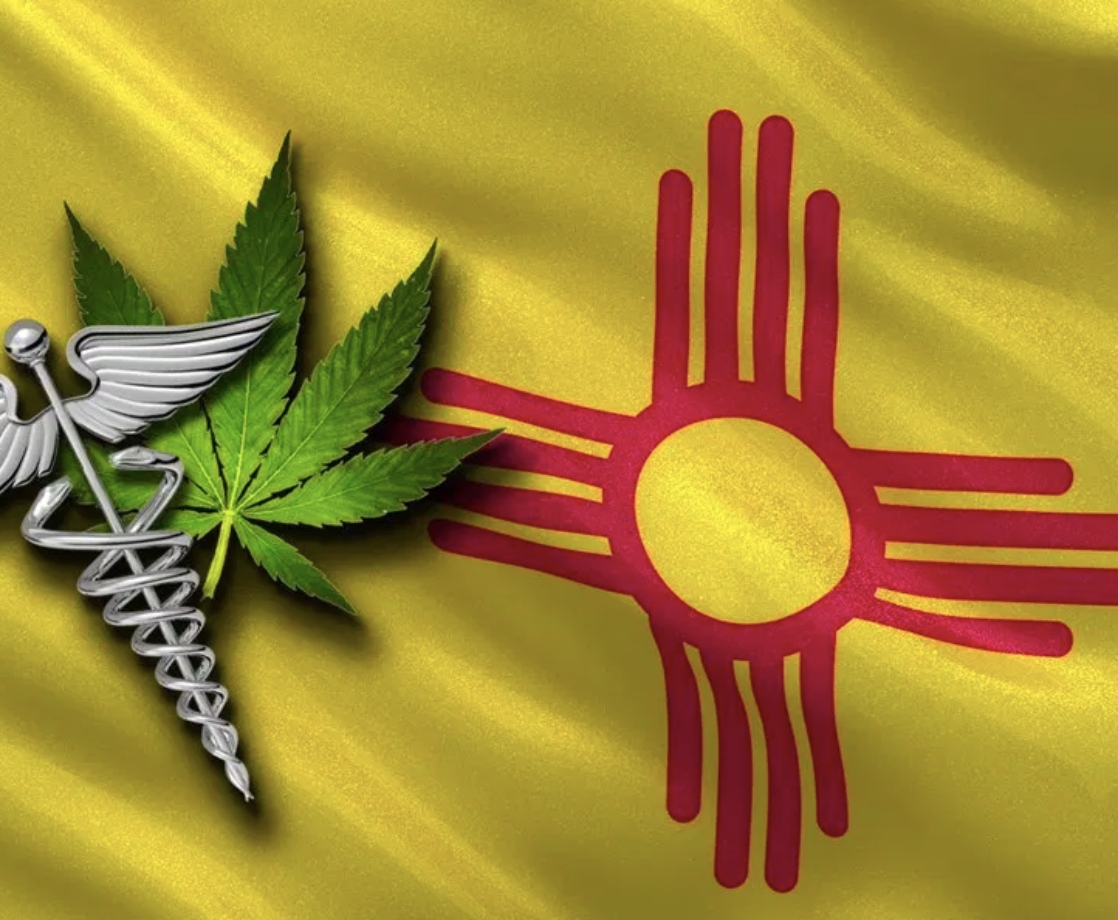Image via TheCrimsonRibbon
Nevermind Jeff Sessions' latest announcement to rescind the Cole memorandum — state legislators are going ahead with cannabis law reform, nonetheless. In New York, Assemblyman Richard Gottfried recently introduced Assembly Bill 8904, which would allow doctors to recommend medical marijuana for any serious condition.
Currently, New York's medical marijuana program allows doctors to recommend cannabis for a limited number of conditions, such as cancer, epilepsy, or AIDS. When the program first went into effect two years ago under the Compassionate Care Act, it was berated by activists as one of the most restrictive in the country. Initially, the law provided for just 10 conditions, only five vertically integrated medical marijuana companies, and no flower; over time, however, lawmakers like Gottfried, who initially drafted the legislation 20 years ago, have been working to expand the program.
"I have always opposed a restricted conditions list for medical marijuana," Gottfried tells MERRY JANE. "No other medication has a statutory list of what conditions it may be used for because healthcare professionals, not the state, should make prescribing decisions." The initial legislation Gottfried drafted never included a list of limited conditions until the Senate and the Executive Branch insisted on adding one as a condition of advancing the bill, he explains. Since then, the legislature has expanded the program to cover severe chronic pain and PTSD. Now the most recent bill Gottfried introduced is taking its final step towards allowing the medical marijuana program to be accessible for all patients who need it.
As it's only the beginning of the legislative session, there's little certainty the bill will pass. It took nearly twenty years since Gottfried initially drafted medical marijuana legislation, to begin with, for it to become law. But with the opioid overdose crisis in full swing, expanding the medical marijuana program would allow easier access for patients suffering from pain, who may otherwise turn to dangerous painkillers. "That's crucial for us in New York right now, facing the opioid crisis," says Melissa Moore, New York deputy state director for the Drug Policy Alliance. "In this moment, it's clear that New Yorkers are sick and tired of marijuana prohibition getting in the way of people's ability to access medication and to be able to live as healthfully as possible."
According to research conducted by doctors Marcus Bachhuber and Julia Arnsten from Montefiore Medical Center/Albert Einstein College of Medicine in New York, 65 percent of medical marijuana dispensary customers in Colorado reported using marijuana to treat pain. (The researchers surveyed 1,000 customers.) Of those who reported taking opioid pain relievers in the past six months, 38 percent said they decreased their dose and 51 percent said they stopped taking opioids completely.
The bill in question harkens back the original version of Gottfried's bill when he first drafted it in response to California's 1996 medical marijuana bill, says Doug Greene, legislative director for Empire State NORML (National Organization for the Reform of Marijuana Laws). "Today most jurisdictions that are enacting [medical marijuana] programs are not doing it the old school, California way. It's usually through a very restricted number of conditions," he says.
When California pioneered medical marijuana decades ago, a system fell into place allowing any so-called patient to sit in front of a doctor (sometimes, of dubious credibility) for a couple minutes to get a medical rec for any reason, from PMS to AIDS. In many ways, the more conservative medical marijuana programs that have since taken hold around the country have been a reaction to California's loose (not to mention, terribly vague) system, that has treated stoners and seriously ill patients in practically the same way. Today, as more conservative states tepidly dip their toes into marijuana programs, they're starting slow. In Texas for example, "medical marijuana" must contain less than .5 percent THC, and can only be sold to patients with intractable epilepsy. (No one can argue anymore that New York has the country's most restrictive cannabis program.)
While New York is also entertaining hearings on adult-use legalization, Greene says there's little medical marijuana expansion and recreational marijuana have to do with one another. "There are at least two different tracks going on: One is medical, and the other is tax and regulate. I don't see the introduction of this bill having an effect on the Tax and Regulate debate," he says. "We support Gottfried's bill wholeheartedly, but the dynamics of the debate in New York are favoring freedom through the MRTA [Marijuana Regulation and Taxation Act], not the medical program."
However Gottfried is more bullish on the prospect of his bill passing: “The Assembly passed versions of my bill without a conditions list several times. I expect to report the bill at one of our first Health Committee meetings this session, and am optimistic we can pass it in the Assembly. Of course the Senate will be more difficult, but the successful expansion to severe chronic pain and PTSD — the latter of which was done with Senate approval — shows that more patients can get the right treatment for more conditions without causing diversion or other problems. There is more public awareness of and support for medical marijuana every day.”











